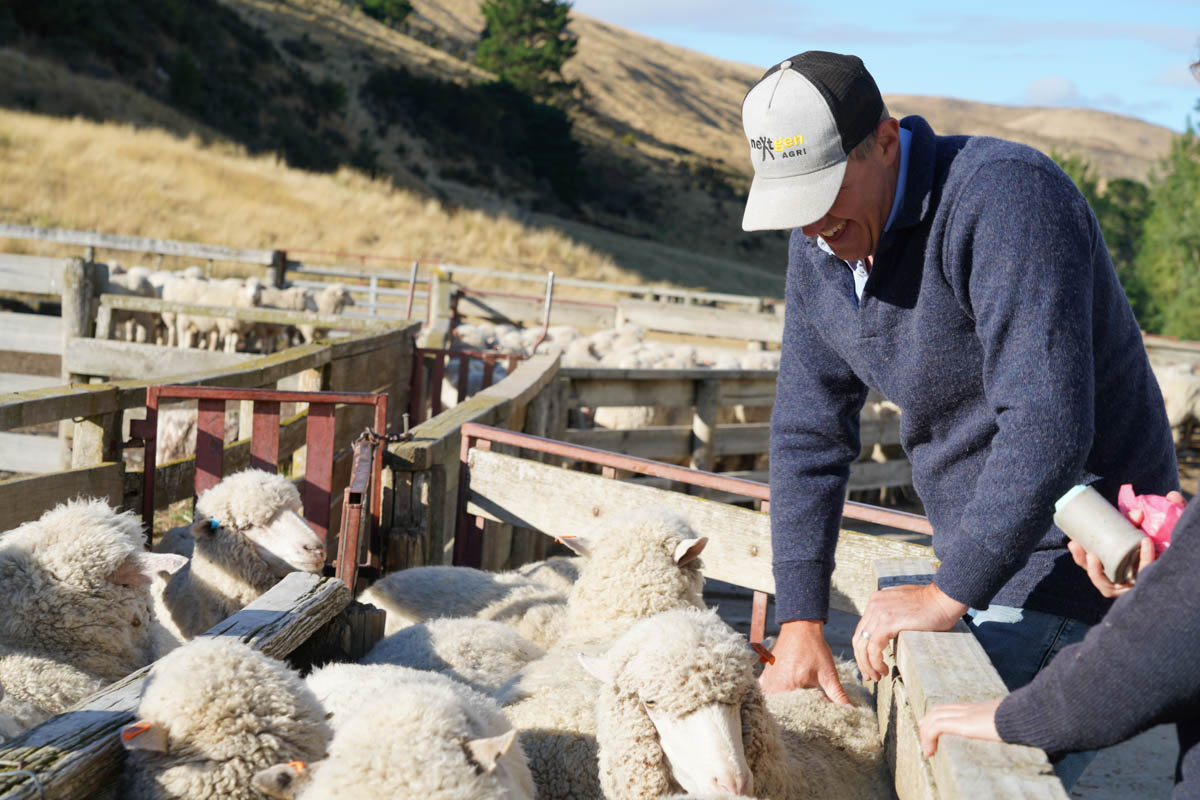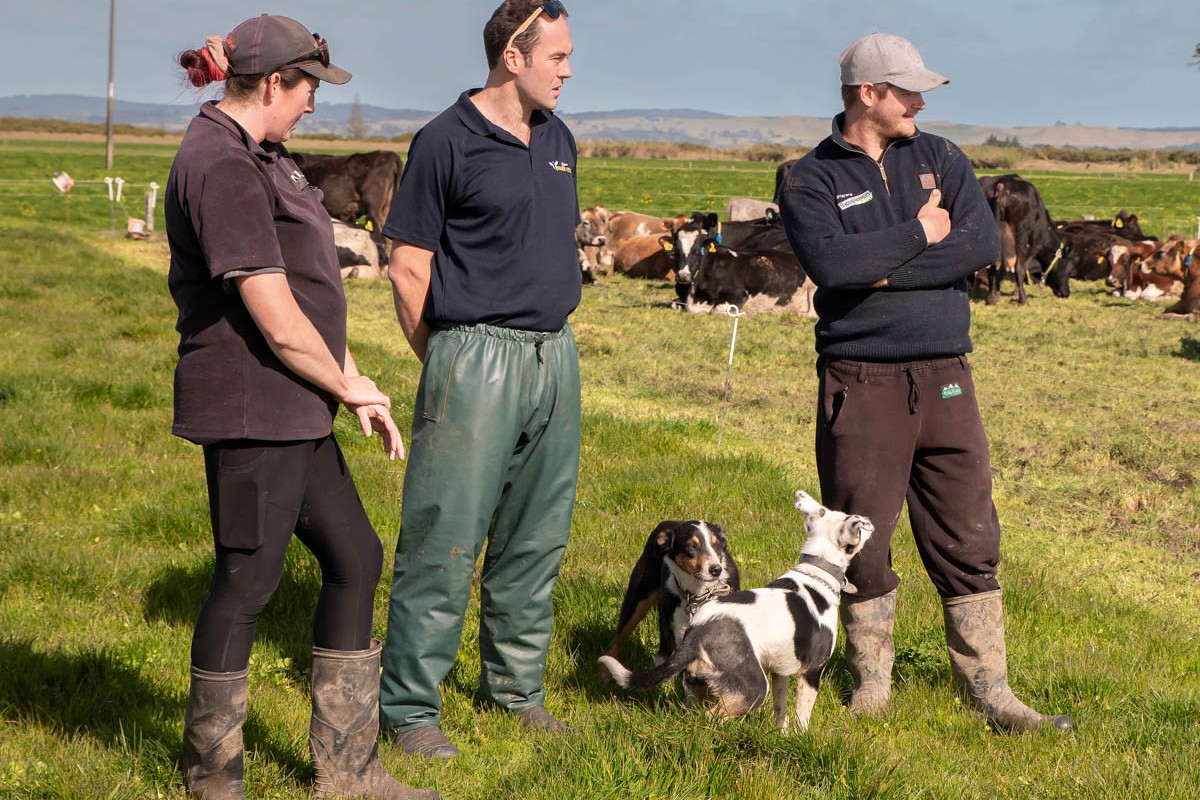Tim Fulton
A lock-up of publicly funded seed pastoral science is under review in the wake of PGG Wrightson’s sale of its seed division to another foreign-owned operator.
The group that controls access to AgResearch’s funding and resources, Grasslanz Technology, is reviewing the terms of the Crown Research Institute’s partnership with PGG Wrightson Seeds, which is now owned by Danish co-operative, DLF Seeds.
Grasslanz chief executive John Caradus, said “it is not appropriate for me to discuss this considering that current negotiations are ongoing with DLF about our future commercial relationship”.
PGG Wrightson Seeds chief executive, John McKenzie, said “yes, there is a review. That’s not the word I would have used, but there is a re-confirmation of the arrangements that are in place for Grasslandz Innovation and Endophyte Innovation in light of the owner of PGG Wrightson Seeds being a global company, as opposed to a Southern Hemisphere (one).”
Senior staff from Barenbrug Agriseeds, one of the parties affected by the existing Grasslanz partnership, met AgResearch chief executive Tom Richardson in October to make a case for a new deal.
Cropmark Seeds chief executive Glen Jarvis said the company had to spend millions annually on endophyte research because of the current lockout.
As a New Zealand owned-company, it was frustrating to see publicly funded science adopted exclusively by overseas-owned businesses, Jarvis said. Cropmark (25% owned by Ravensdown) had a licensing agreement with AgResearch for AR1 endophyte but market demand had mostly moved on to AR37, which Cropmark could not access.
Farmers looked to AgResearch as a gold standard for pastoral research so it was hard for Cropmark to get traction with its own, independently bred products, Jarvis said.
Jarvis understood that the sale conditions for the sale of PGG Wrightson Seeds to DLF Seeds included for a “period of extension” for a review of the IP partnership.
Barenbrug Agriseeds chief executive, Michael Hales, said “some of the things that we thought were off the table, may not necessarily be off the table – it’s just that there hasn’t been any communication that it’s an option”.
Barenbrug Agriseed argued AgResearch science should be open to everybody “and they shouldn’t have exclusive category tie-ups with specific commercial organisations.”
When AgResearch did work with one company, that shouldn’t preclude it also working with others, Hales said. Seed Force group general manager, Bruce Garrett, whose business is largely excluded from Grasslanz-related R&D, said under the current deal, “anything coming out of AgResearch in a pastoral seed space, goes to (shareholder holding company) Grasslanz, and Grasslanz are encumbered with PGW in all areas other than the likes of white clover.”
Garrett said the lockup applied to anything to do with grasses, endophytes, and fescues. “Anything coming out of public sector research is channelled through Grasslanz, into Grasslanz Innovation, of which PGW is a shareholder.”
He said the agreement denied Seed Force access to funding and research on some of the biggest agricultural issues of the day, like nutrient management, methane emissions and mitigating carbon release.
The proprietary plantain, Ecotain, for example, was developed partly as a result of a partnership between AgResearch and a PGG Wrightson Seeds subsidiary, Agricom.
“I don’t believe we’ve got any access to any of the commercial outcomes from that. We’d love to; we’d love to be involved and working with those people and programmes.”
Ecotain R&D was also linked to a project called Forages for Reduced Nitrate Leaching. “When you look at it, that’s linked back to AgResearch’s work on nitrate leaching, which is exclusively channelled through PGW. So, in effect, you’re generating commercial outcomes that only one company’s got access to.”
Seed Force would love to be able to work as closely as that with AgResearch but the CRI’s resources were tied up in developing Ecotain as part of ongoing research to reduce nitrate leaching, Garrett said. “So, inevitably, we’ll end up doing our own thing, at our own cost – to produce something that can go to market.”
It was a costly and needless process, he said.




